Known for its wide beaches and cycling paths, Domburg is a popular getaway for tourists in the Netherlands. However, this coastal town also has a rich artistic legacy, attracting famous artists like Piet Mondrian in the early 20th century. Mondrian’s evolving style from realism to abstraction can be traced through his time in Domburg.
The beach town of Domburg sits at the end of the island of Walcheren looking out on the North Sea. It’s a popular destination for Dutch and German tourists who go there for the wide beaches, the endless cycle routes and the hearty food.
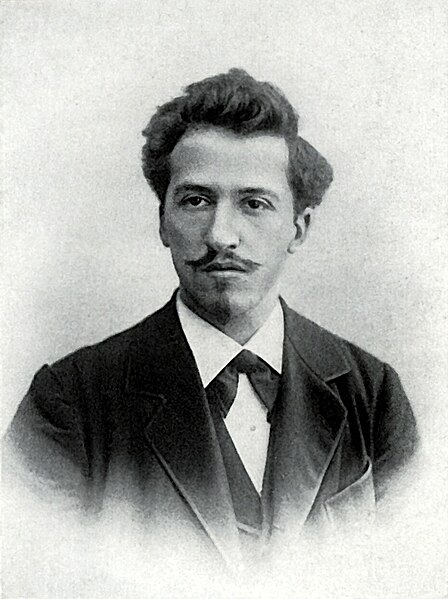 Piet Mondrian in 1899
Piet Mondrian in 1899© Wikipedia
But the little resort has also played a key role in the history of Dutch art. It began when the art collector Marie Tak van Poortvliet created a wooden exhibition hall where she organised art exhibitions. By the early 20th century, Domburg was home to an artists’ colony that staged regular exhibitions.
The young artist Piet Mondrian became a regular visitor from 1908 to 1916. He went on long bike rides through the dunes and woods around Domburg looking for inspiration in the landscape.
He painted views of the beach, the lighthouse and the church. He also produced an almost abstract work based on an ancient tree growing in the woods.
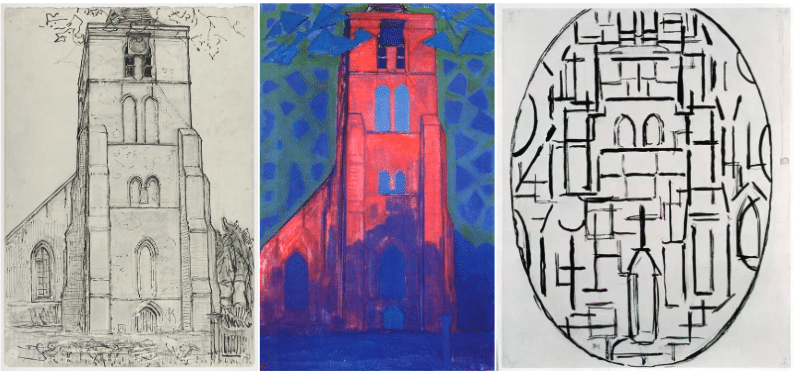 Piet Mondrian sketched and painted multiple versions of the Church at Domburg, late 1910-early 1911, 1911 and 1914
Piet Mondrian sketched and painted multiple versions of the Church at Domburg, late 1910-early 1911, 1911 and 1914© Wikipedia
During the years he visited Domburg, Mondrian’s work gradually moved from realism to abstraction. You can see the shift in style when you compare the 1911 sketch Church at Domburg with a 1914 abstract painting bearing the same title. In just three years, he had become a modern artist.
The wooden exhibition hall was destroyed in a storm in 1921. But a replica was built in the main street of Domburg as the Marie Tak Museum. It organises exhibitions on the many artists who have come to Domburg over the years.


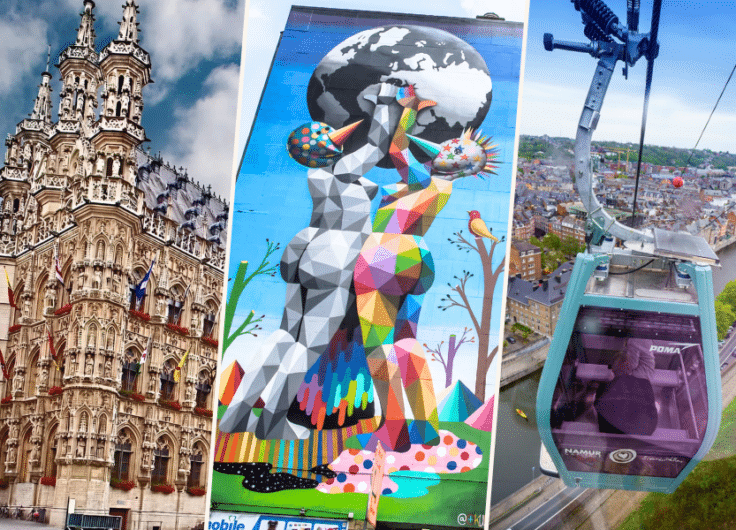
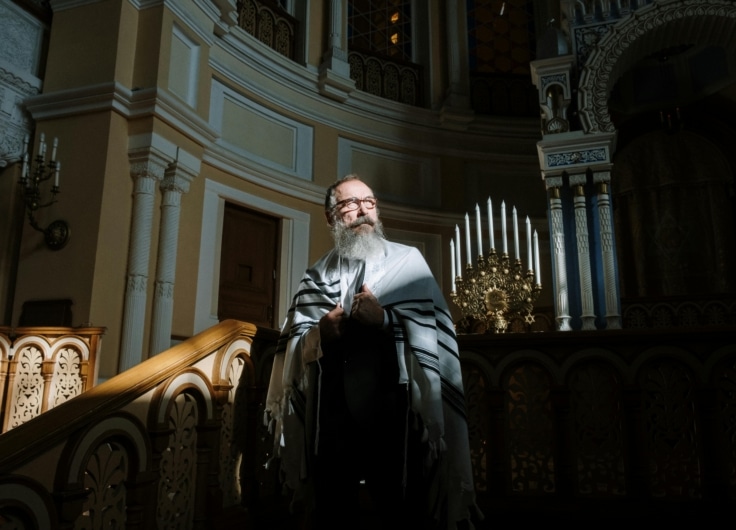
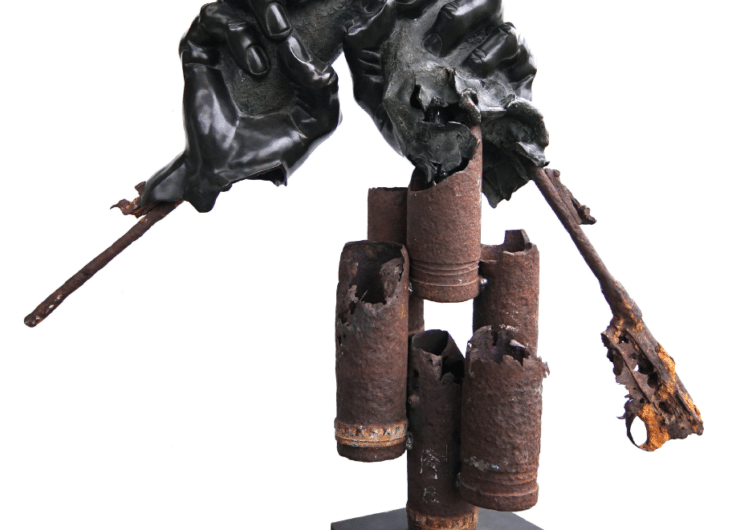
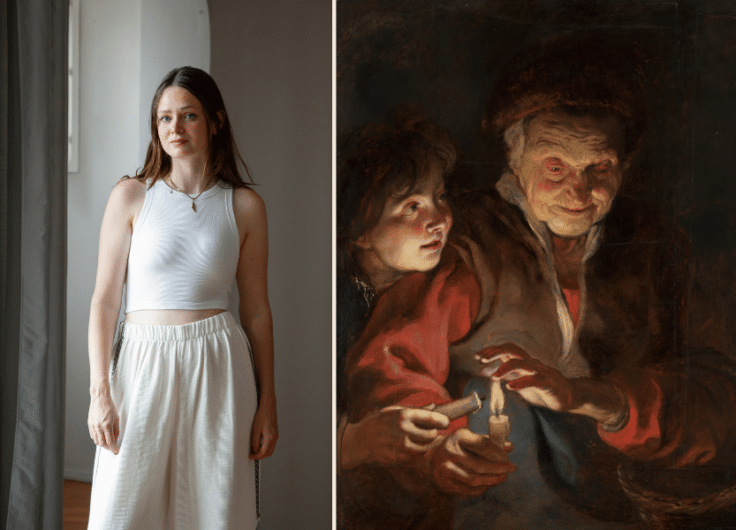



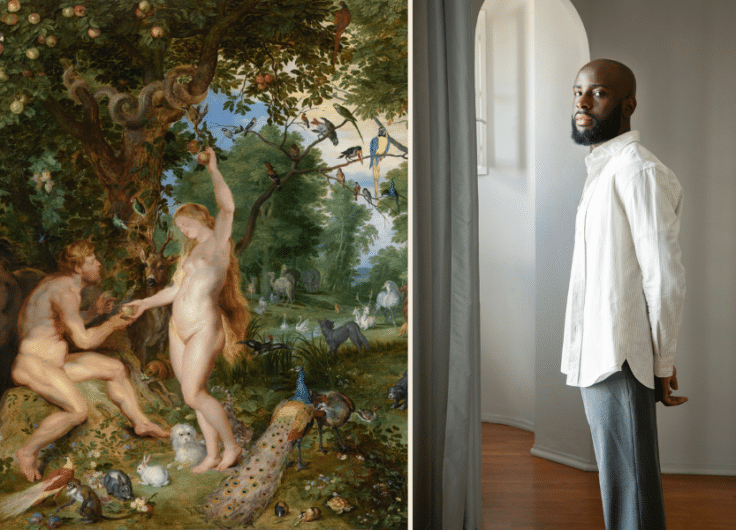



Leave a Reply
You must be logged in to post a comment.